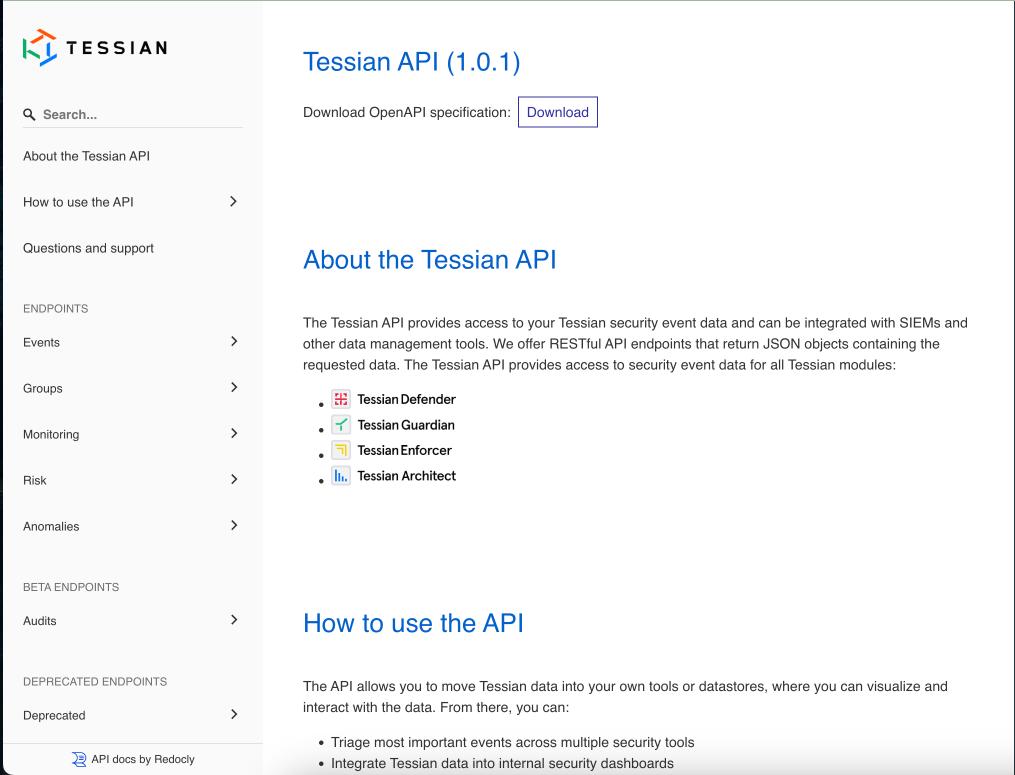We all make mistakes. But with over two-fifths of employees saying they’ve made mistakes at work that have had security repercussions, businesses need to find a way to stop mistakes from happening before they compromise cybersecurity.
That’s why we developed our report The Psychology of Human Error, with the help of Jeff Hancock, a professor at Stanford University and expert in social dynamics online.
We wanted to understand why these mistakes are happening, rather than simply dismissing incidents of human error as people acting carelessly or labeling people the ‘weakest link’ when it comes to security. By doing so, we hope businesses can better understand how to protect their people, and the data they control.
Key findings:
- 43% of employees have made mistakes that have compromised cybersecurity
- A third of workers (33%) rarely or never think about cybersecurity when at work
- 52% of employees make more mistakes when they’re stressed, while 43% are more error-prone when tired
- 58% have sent an email to the wrong person at work and 1 in 5 companies lost customers after an employee sent a misdirected email
Read on to learn why this matters. You can also register for our webinar on August 19 here. We’ll be exploring key findings from the report with Jeff Hancock. You’ll walk away with a better understanding of how hacker’s are manipulating employees and what you can do to stop them.
What mistakes are people making?
The majority of our survey respondents said they had sent an email to the wrong person, with nearly one-fifth of these misdirected emails ending up in the wrong external person’s inbox.
Far from just red-faced embarrassment, this simple mistake has devastating consequences. Not only do companies face the wrath of data protection regulators for flouting the rules of regulations like GDPR, our research reveals that one in five companies lost customers as a result of a misdirected email, because the trust they once had with their clients was broken. What’s more, one in 10 workers said they lost their job.
Another mistake was clicking on links in phishing emails, something a quarter of respondents (25%) said they had done at work. This figure was significantly higher in the Technology industry however, with 47% of workers in this sector saying they’d fallen for phishing scams. It goes to show that even the most cybersecurity savvy people can make mistakes.
Interestingly, men were twice as likely as women to fall for phishing scams. While researchers aren’t 100% sure as to why gender differences play a factor in phishing susceptibility, our report does show that demographics play a role in people’s cybersecurity behaviors at work.
What’s causing these mistakes to happen?
1. Younger employees are 5x more likely to make mistakes
50% aged 18-30 years olds said they had made such mistakes with security repercussions for themselves or their organization. Just 10% of workers over 51 said the same.
This disparity, our report suggests, is not because younger workers are more careless. Rather, it may be because younger workers are actually more aware that they have made a mistake and are also more willing to admit their errors.
For older generations, Professor Hancock explains, self-presentation and respect in the workplace are hugely important. They may be more reluctant to admit they’ve made a mistake because they feel ashamed due to preconceived notions about their generations and technology.
Businesses, therefore, need to not only acknowledge how age affects cybersecurity behaviors but also find ways to deshame the reporting of mistakes in their organization.
2. 93% of employees are stressed and tired
Employees told us they make more mistakes at work when they are stressed (52%), tired (43%), distracted (41%) and working quickly (36%).
This is concerning when you consider that an overwhelming 93% of employees surveyed said they were either tired or stressed at some point during the working week. This isn’t helped by the fact that nearly two-thirds of employees feel chained to their desks, with 61% saying there is a culture of presenteeism in their organization that makes them work longer hours than they need to.
The Covid-19 pandemic has put people under huge amounts of stress and change. In light of the events of 2020, our findings call for businesses to empathize with people’s positions and understand the impact stress and working cultures have on cybersecurity.












